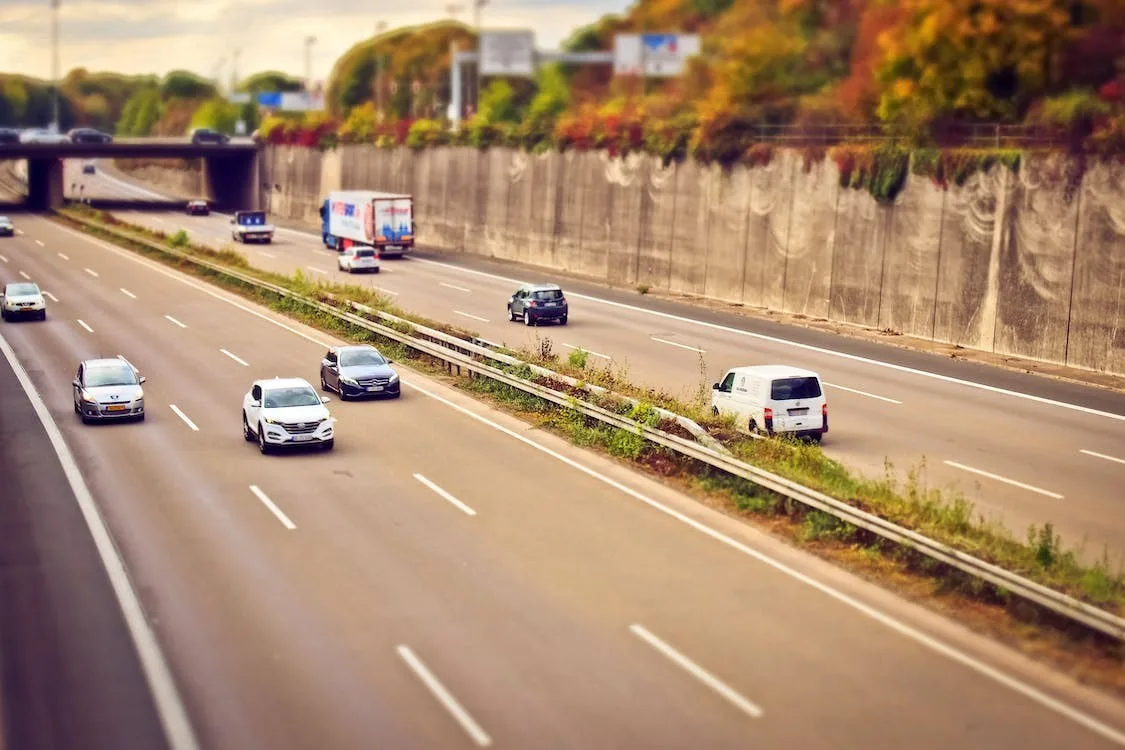What is a Fire Lane?
Image source: Pexels.com
You may have seen some pavements with red lines or signs that say “Fire Lane”. Do you know what they are for and why they are important? In this blog post, I will tell you what a fire lane is, what the rules are for using them, and how they help fire safety.
What is a Fire Lane?
A fire lane is a pavement that only fire and rescue services can use. It helps them get to any building or place in case of a fire or other emergency. Fire lanes are usually marked with red lines or signs that say “No Parking – Fire Lane”. You are not allowed to park in these areas. If you do, you may get fined or towed.
Some fire lanes are also in the middle of some streets or roads. These are called centerline fire lanes and they help emergency vehicles get through traffic jams or narrow streets. Centerline fire lanes are also marked with red lines or signs on both sides of the road.
What are the Rules for Fire Lanes?
Fire lanes have to be big enough, clear enough, and easy enough for emergency vehicles to use. The International Fire Code (IFC) says that fire lanes have to be at least 20 feet wide and 13 feet 6 inches high. The fire marshal or the fire code official can change these rules depending on the situation.
Fire lanes also have to be easy for emergency vehicles to turn around. The IFC says that fire lanes have to have an outside turning radius of 54 feet and an inside turning radius of 30 feet. These numbers may be different in some places, but they are usually about the same.
Fire lanes also have to have signs that say “No Parking – Fire Lane”. The signs have to be 12 inches wide by 18 inches high and have red letters on a white reflective background. The signs have to be seen from both ways of travel and be placed every 100 feet.
Fire lanes also have to be kept free of anything that could block the way of emergency vehicles. This means that parked cars, snow, debris, dumpsters, landscaping, or anything else that could get in the way has to be moved or taken away. The owner or occupant of the property has to take care of the fire lanes and follow the fire code.
How do Fire Lanes Help Fire Safety?
Fire lanes help fire safety because they let emergency vehicles get to their destination quickly and easily. Firefighters need to be able to get within 50 feet of one outside door and within 150 feet of all outside parts of the first floor of a building. This distance goes up to 450 feet if the building has sprinklers. Fire lanes give this access and also let firefighters set up their equipment and hoses without trouble.
Fire lanes also help stop fires from getting bigger or worse by making a space between buildings and things that could catch fire. For example, if a car is on fire in a parking lot, a fire lane can keep the fire from reaching nearby buildings or other cars. Fire lanes can also lower the chance of explosions or toxic smoke by keeping things that can burn or are dangerous away from buildings.
Fire lanes are not only good for firefighters, but also for other emergency responders like paramedics, police officers, or utility workers. Fire lanes give them access to hurt people, crime scenes, power lines, gas leaks, or other situations that need immediate attention.
Summary
Fire lanes are a part of fire safety and emergency response. They are pavements that only fire and rescue services can use. They give access to buildings and places in case of a fire or other emergency. Fire lanes have specific rules and requirements that have to be followed and maintained by property owners and occupants. Fire lanes help firefighters and other emergency responders do their work effectively and safely.
I hope you learned something new from this blog post. If you have any questions or comments about fire lanes, feel free to leave them below. And remember, never park in a fire lane!





0